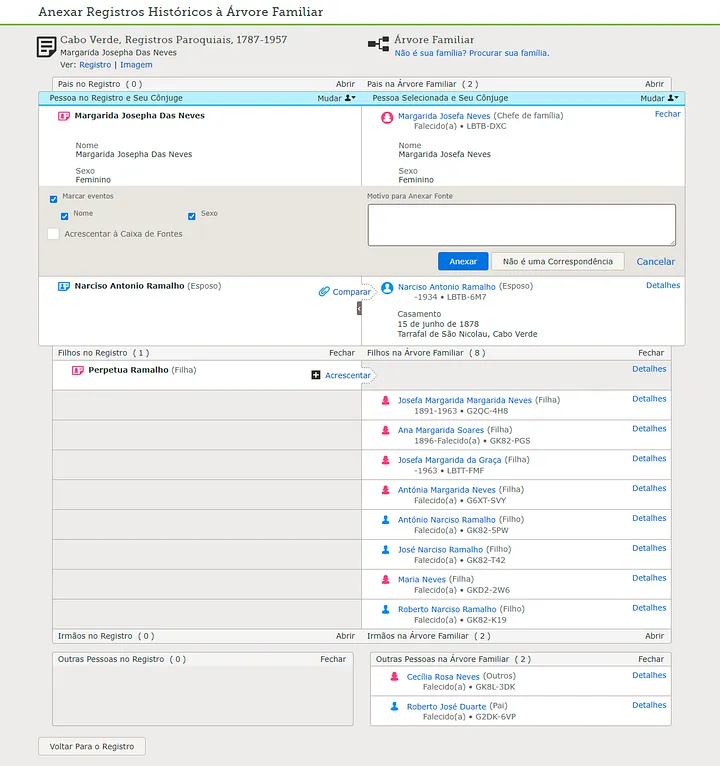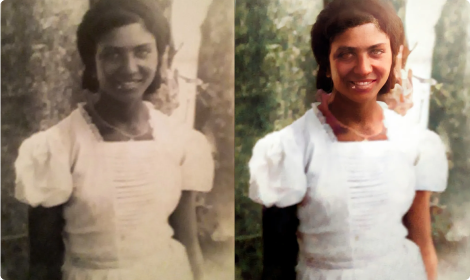Getting into genealogy, made me understand my roots, trace family connections, and uncover some of my ancestors’s past. While traditional genealogical research methods have relied on historical documents, photographs, and oral histories, the integration of artificial intelligence (AI) is revolutionizing how we explore our family histories.
How AI can help with genealogical research
AI technologies have significantly impacted genealogy by automating several parts of the research process. They can analyze datasets quickly, uncover patterns, and often connect unrelated information. AI applications in genealogy are relatively recent, the idea of using technology to assist with family history research dates back a few decades. Early software was built to organize and catalog family trees. The AI-driven genealogy boom began with the development of large-scale digitized historical records.
Thanks to the development of Natural Language Processing (NLP), we can advance faster than ever in our research. NLP is a subfield of AI that focuses on the interaction between computers and human language. NLP technologies are capable of understanding, interpreting, and generating human language. In the context of genealogy, NLP can be a powerful tool for extracting relevant information from vital records, licenses, and other textual historical documents. Additionally, NLP can be applied to analyze genetic data and decipher complex genetic relationships.
Some cases of application of AI and Machine Learning
FamilySearch is an amazing non-profit organization created by The Church of Jesus Christ of Latter-day Saints. They are committed to making genealogical trees and vital records accessible to all. AI and machine learning are part of their indexing and search processes, making the research much easier. Since AI is not perfect, they also rely on a volunteer program that allows the users to fix indexation mistakes done by their algorithm.

It certainly helped me a lot during my research. I was able to find my paternal great-grandfather and his children thanks to AI, otherwise, it would have taken me months or years of record searching. This platform is my main source of information and research.


Ancestry, one of the most popular genealogy and DNA testing platforms, uses AI and machine learning to assist users in building their family trees and discovering their roots. These technologies help to get through vast databases of records, such as census data, and immigration records, also piecing together the details that allow the creation of connections between individuals. Ancestry has its own handwriting recognition technology that helps transcribe data faster. I use this platform to maintain one of my family trees, so I can invite other users to peak in and vice-versa.
I’ve done some photo restorations using Photoshop and Affinity Photo, it’s a fun process but quite challenging, and it takes some time to master. MyHeritage has an interesting set of AI tools for photo restoration and retouching. The company is one of the most known in DNA testing, allowing users to restore their family photos with a few clicks. It is worth a try. The platform also allows the generation of animated videos of relatives, and let me tell you, the tool is quite precise!

Concerns around AI and privacy
Discussions about security and privacy were always present regarding DNA testing platforms, so I hope these companies are taking the necessary precautions to protect their user’s data. Privacy issues, accuracy challenges, and ethical use of genetic data and vital records raise red flags. It’s important to ensure data security, obtaining informed consent, and addressing biases. We have to consider also the long-term implications as AI algorithms may reinterpret historical records, leading to changes in how certain events or relationships are understood.
The future of genealogy
As a digital designer and genealogy enthusiast, I fully support the digitalization and transcription of vital and historical records. History must be preserved, and we have seen countless times what happens when people’s culture, history, and beliefs are stripped away. It never ends up good. But the most important is to make these resources available for everyone and also use them for educational purposes.
Looking ahead, the future of genealogy looks promising with exciting possibilities. While AI won’t replace the human touch in genealogical research, it serves as a valuable assistant offering insights and streamlining the exploration of our roots.
Written with love ❤️💛💚
Matilde

Olá!
I usually go by the title of Digital Designer, but let's be honest, that's just scratching the surface of all the creative chaos my mind got into.
I’m a proud “Black Ribatejana”, born and raised in Portugal with Capeverdean roots. Lately, I have become passionate about genealogy and a bit obsessed about uncovering my roots.




